Apple's latest AirPods innovations might seem impressive, but they're just warming up for what's coming next. The leap could arrive as soon as 2026, representing the biggest shift in Apple's premium earbuds since their debut. The current AirPods Pro 2 earned recognition as the most popular headphones ever according to Apple, yet the company clearly is not settling for past success.
What makes this moment compelling is the sheer breadth of ideas landing at once. Think infrared cameras that read gestures, H3 silicon that sharpens sound and slashes latency, and health tracking that behaves like a wearable you already own. It feels like the biggest rethink of personal audio since the original AirPods helped bury the headphone jack.
What this means for the Apple ecosystem
These advances are building blocks for Apple's broader plan, not one-off party tricks. Apple is reportedly working on future generations despite only recently releasing current models, a sign that AirPods are becoming central to how you move through the ecosystem.
Spatial computing is the clearest bridge. The new AirPods are expected to be used with Vision Pro and future Apple headsets to enhance the user experience of spatial audio and strengthen the spatial computing ecosystem. H3 coordinates sound with head and hand input in real time, so the experience feels glued together.
The market backdrop gives Apple room to swing big. The wireless earbuds market is projected to reach over USD 46 billion by 2032, and analysts reporting approximately 312 million pairs shipped worldwide in 2025 suggest plenty of demand for new use cases. Health features, meanwhile, dovetail with Apple's broader initiatives. Future AirPods could pass on data to assist the Apple Intelligence engine on an iPhone, mixing audio context, biometrics, and environment for smarter suggestions.
The future sounds different
The upcoming AirPods generation is more than a routine refresh, it is Apple's bid to reshape personal audio and everyday computing. H3 silicon, infrared cameras, and deeper health monitoring point to earbuds that act like pocketable computers.
Yes, Apple often saves AirPods Pro for fall events, Apple traditionally unveils new AirPods Pro at fall hardware events. The 2026 window gives time for the hard parts to come together, even if Apple's product development strategy emphasizes gradual, incremental updates rather than dramatic overhauls. This one feels bigger, the kind of jump you notice five minutes into your first listen.
If you are weighing an upgrade, the pitch is simple. Wait for 2026 and you could get earbuds that double as health monitors, take subtle hand cues, and plug straight into spatial experiences. Not just better buds, but a daily companion.
The shift from simple wireless earbuds to intelligent wearables might be one of the biggest consumer tech swings since the smartphone era. If Apple sticks the landing, the real question will not be whether people want these features, it will be how fast the rest of the industry catches up.





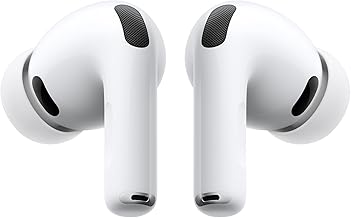
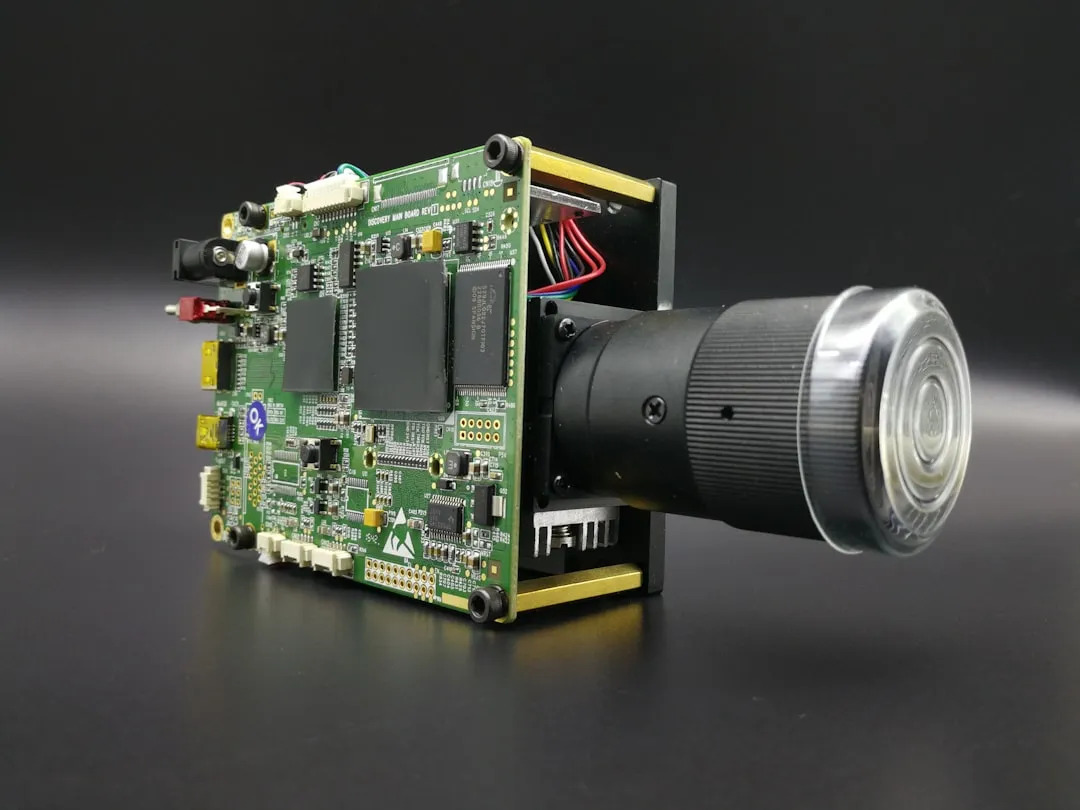
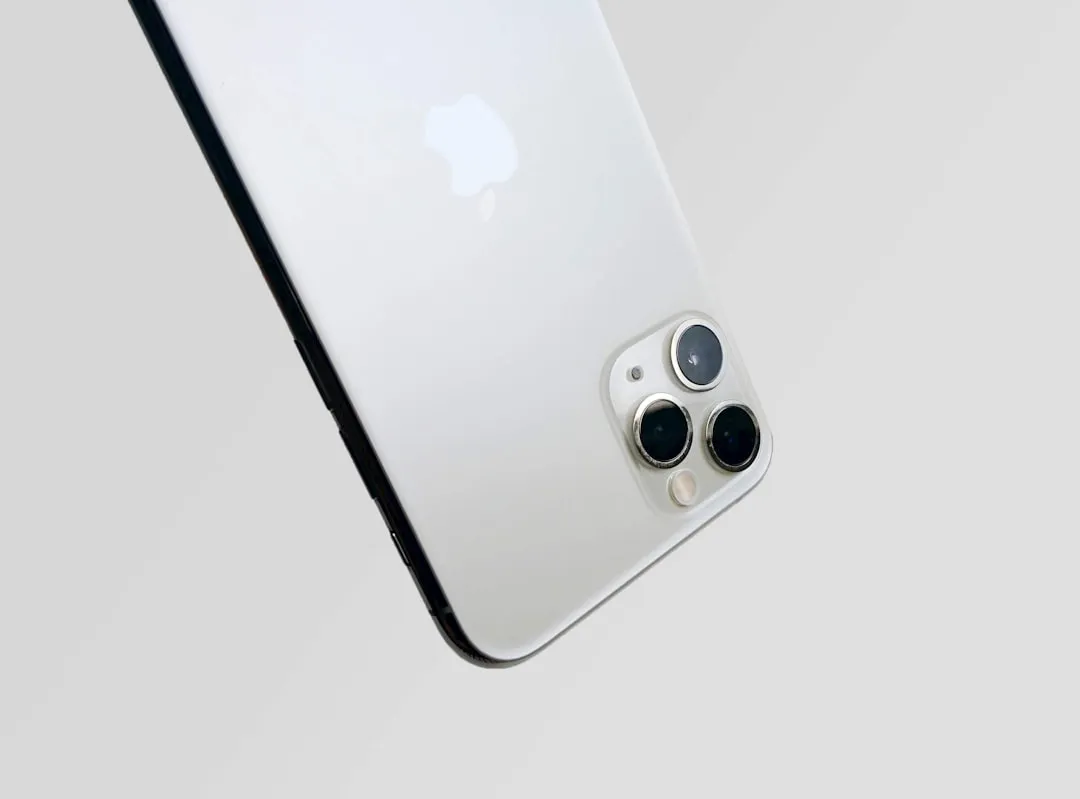
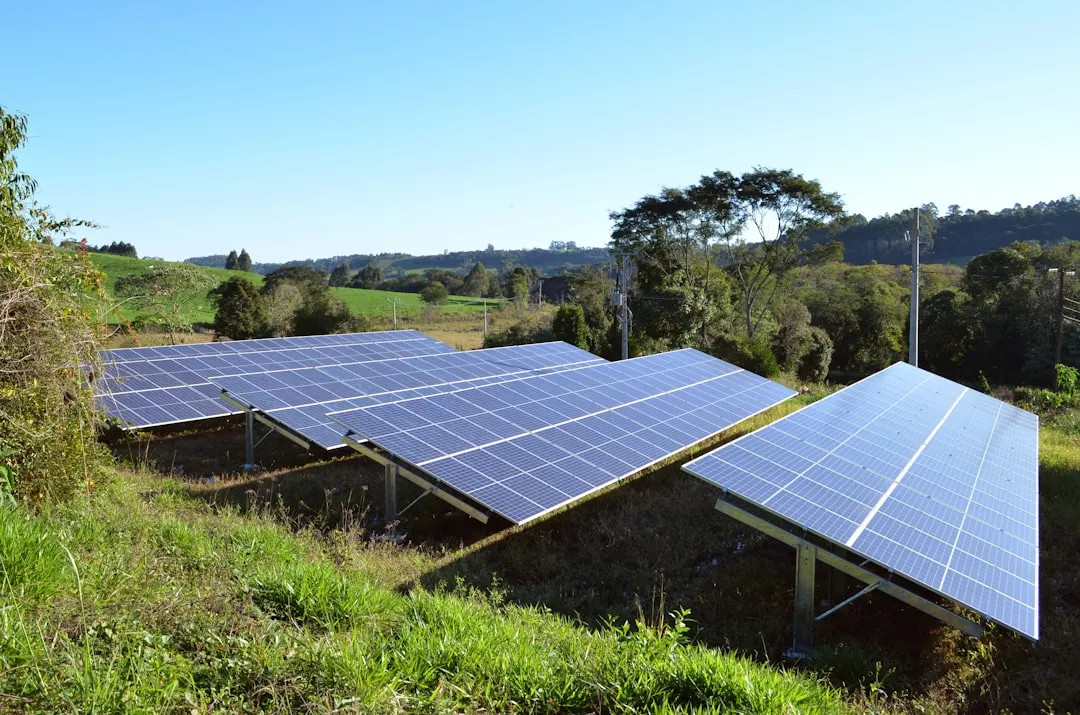
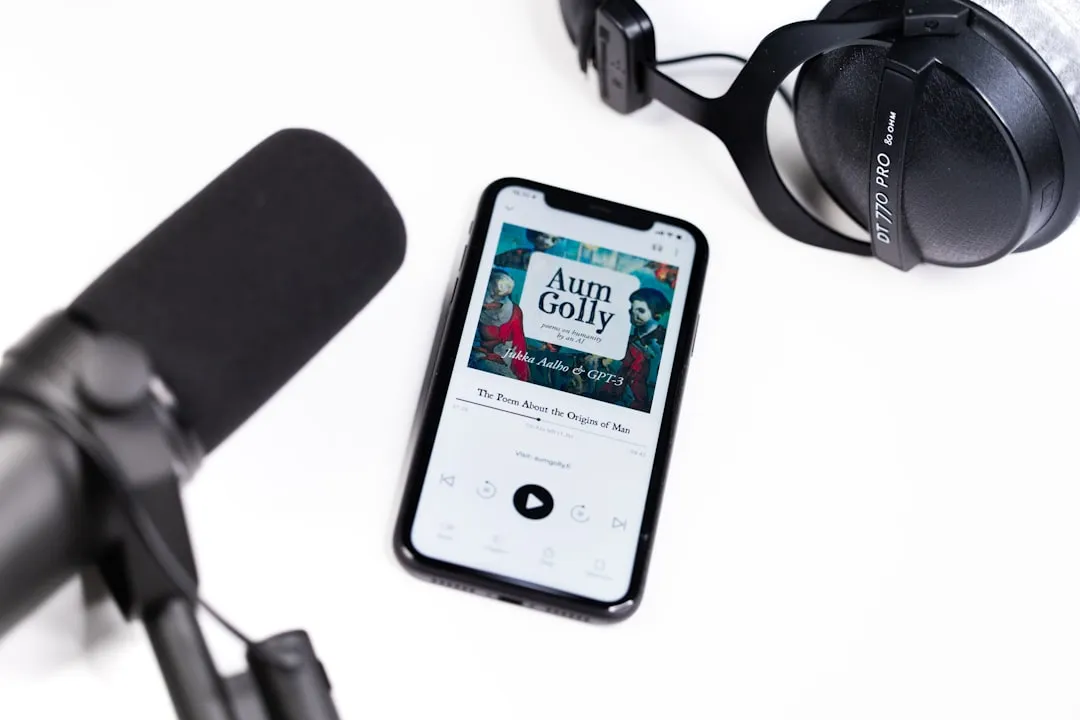

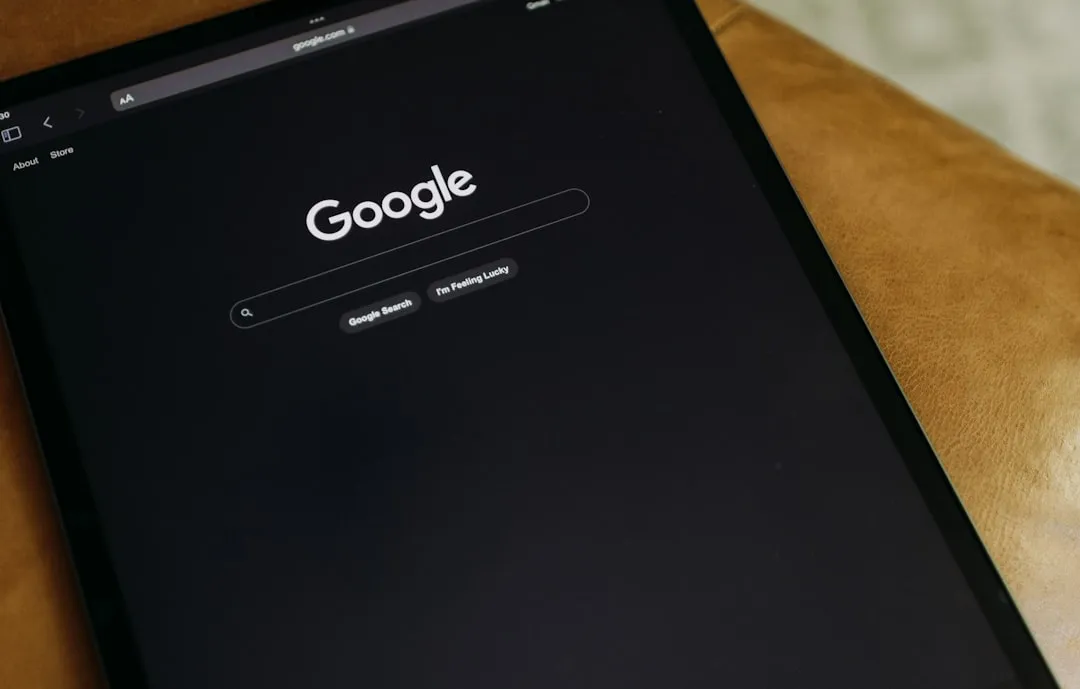
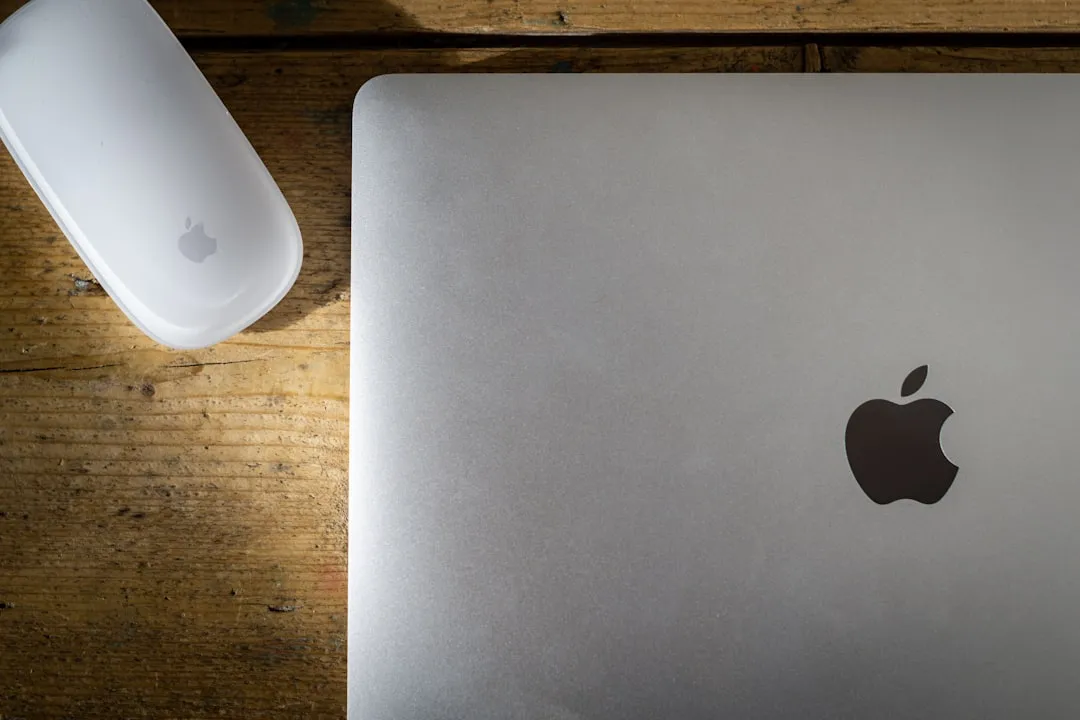

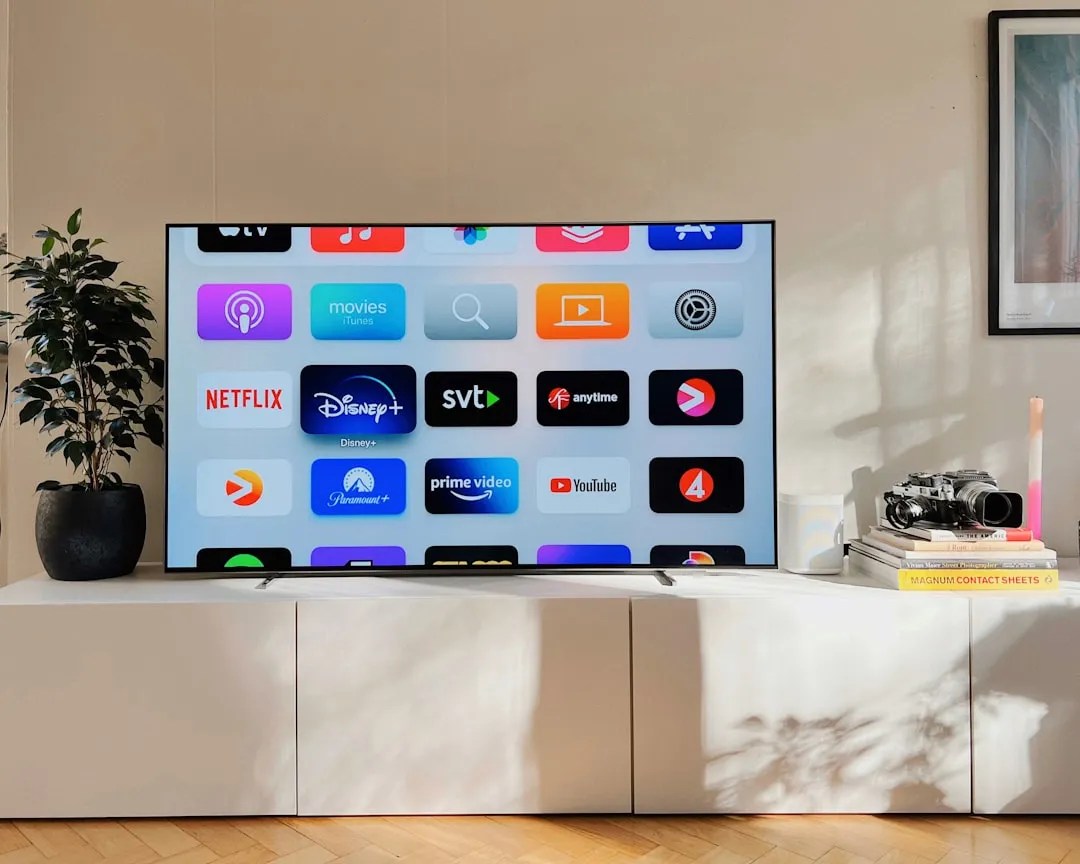
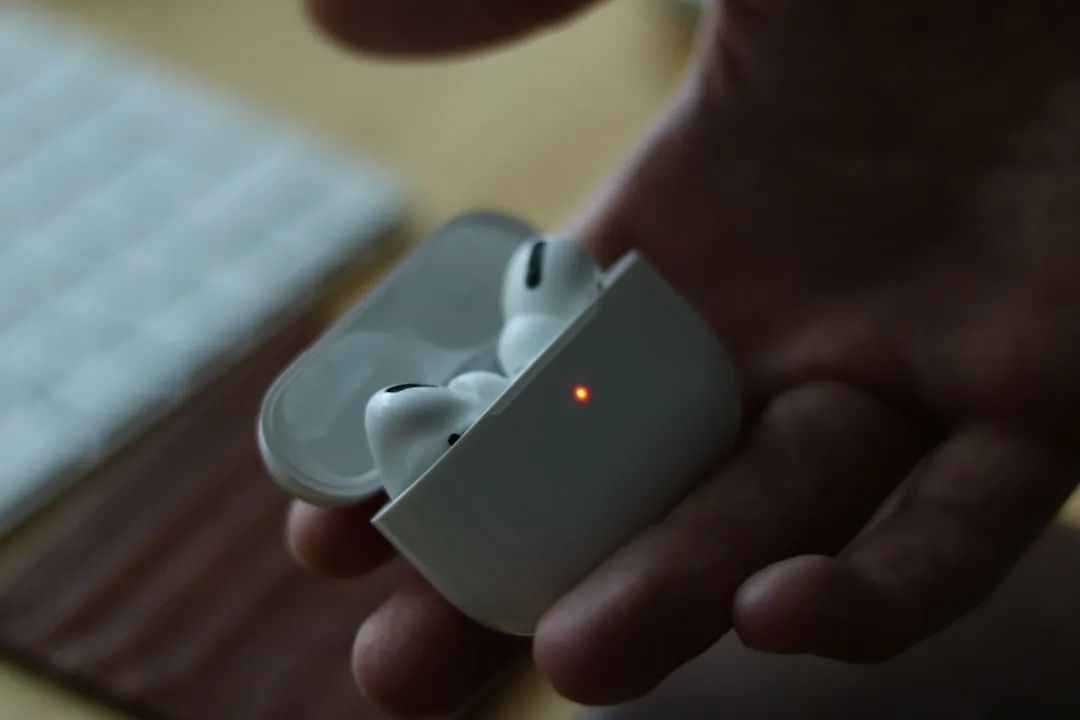
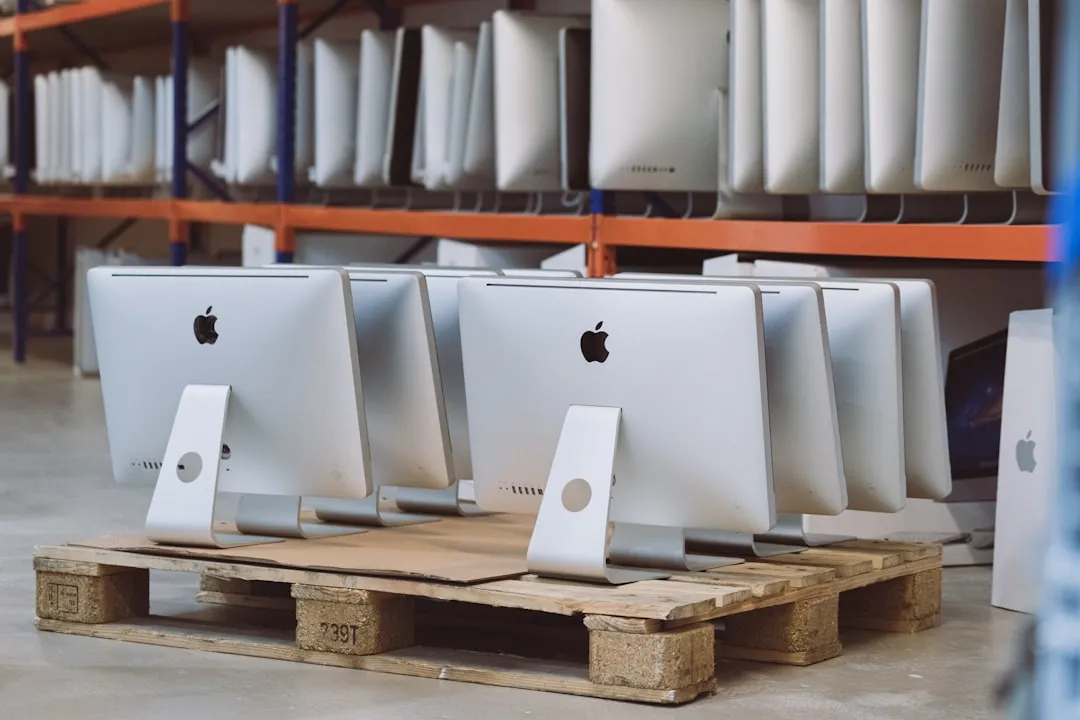
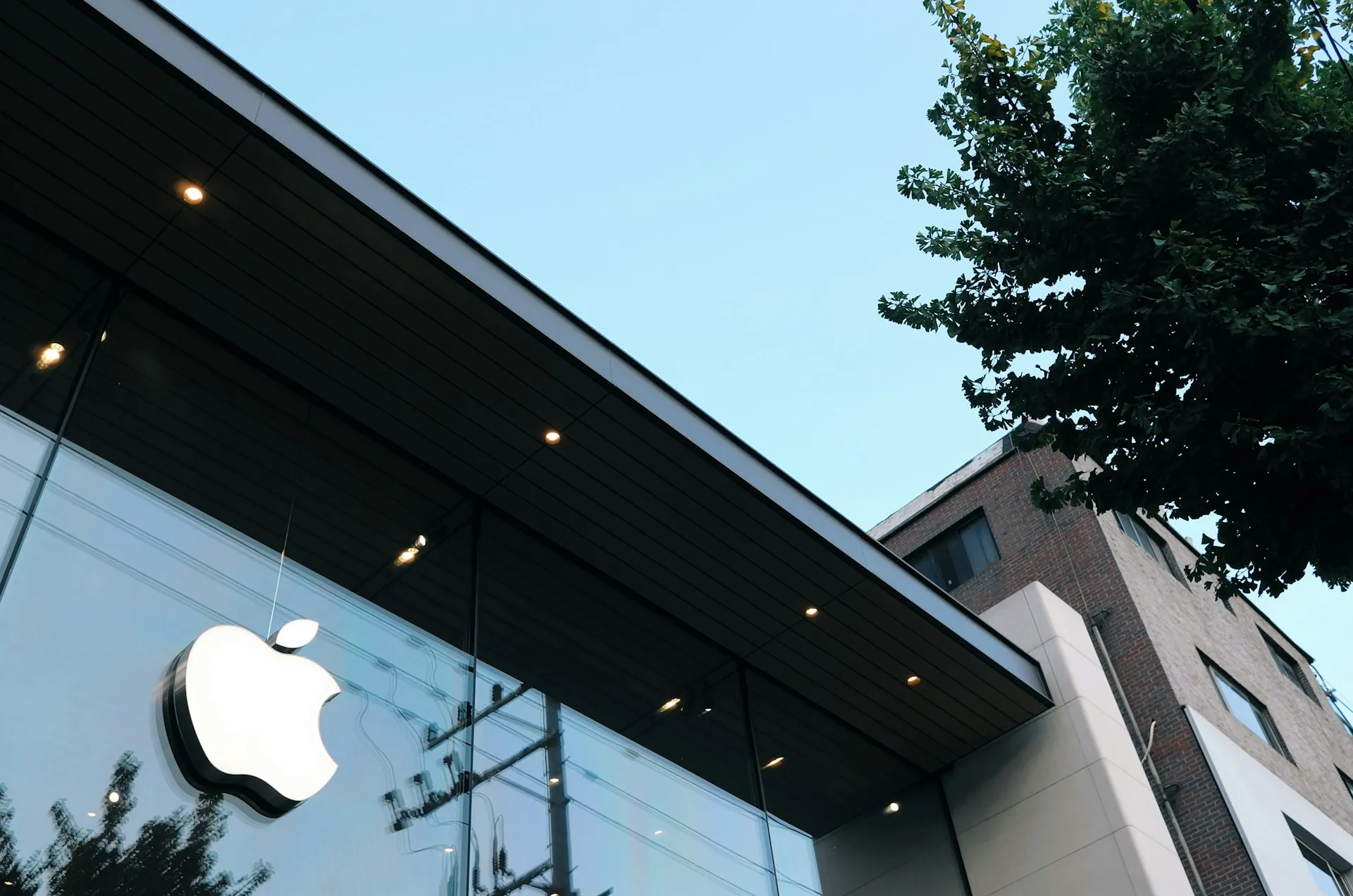

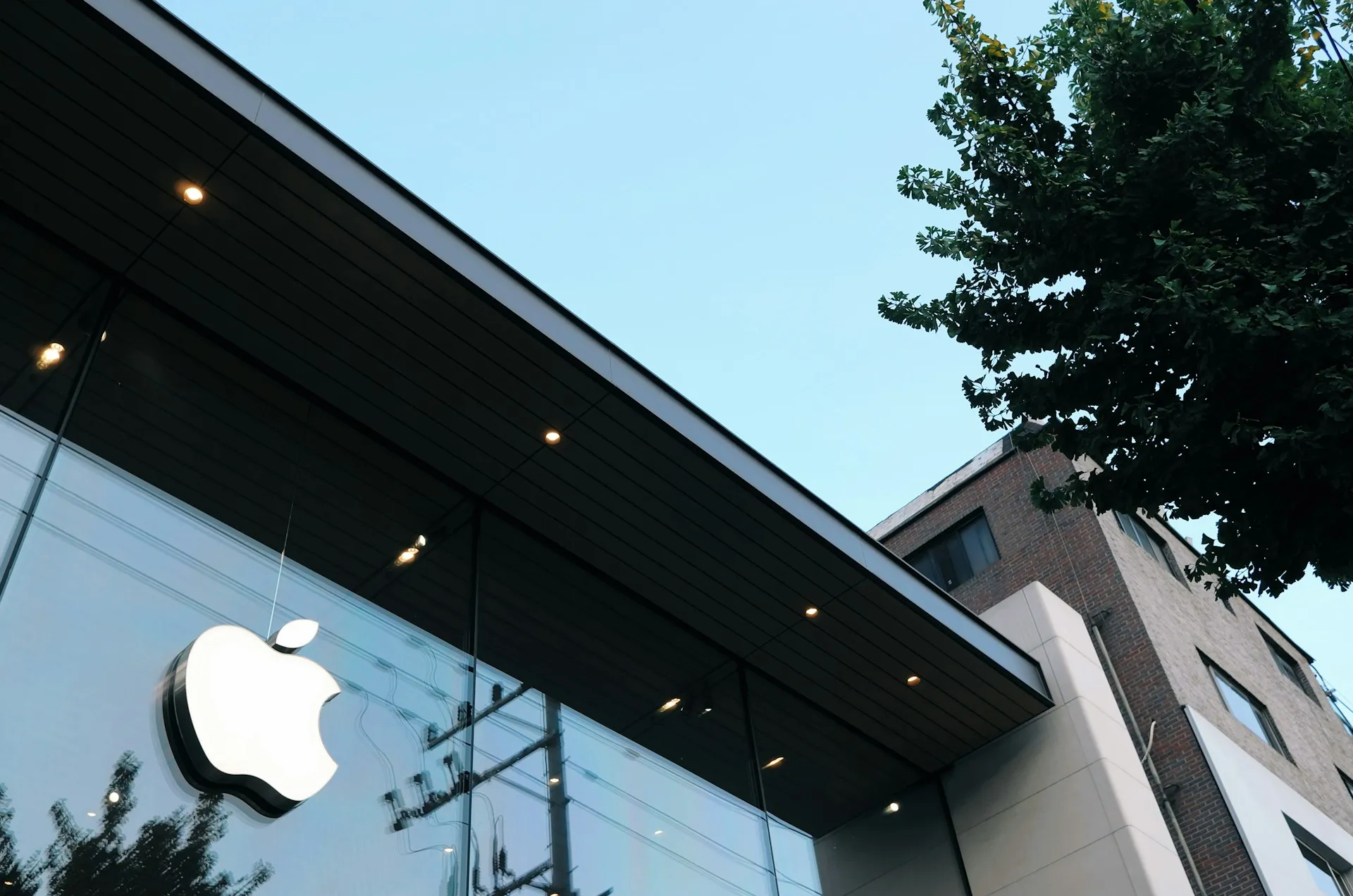
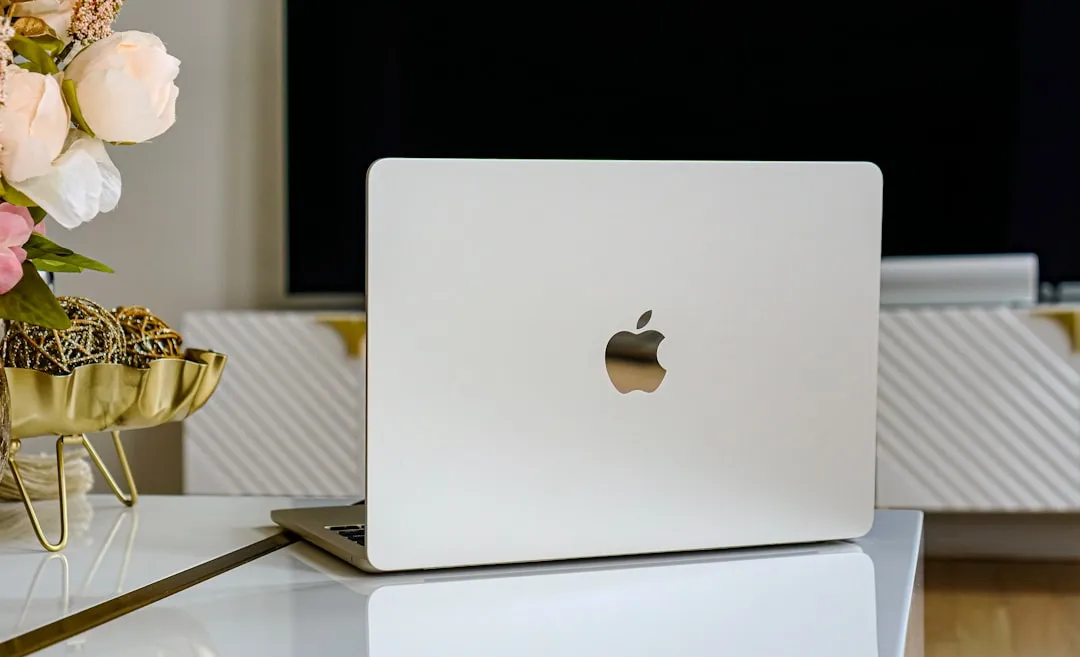
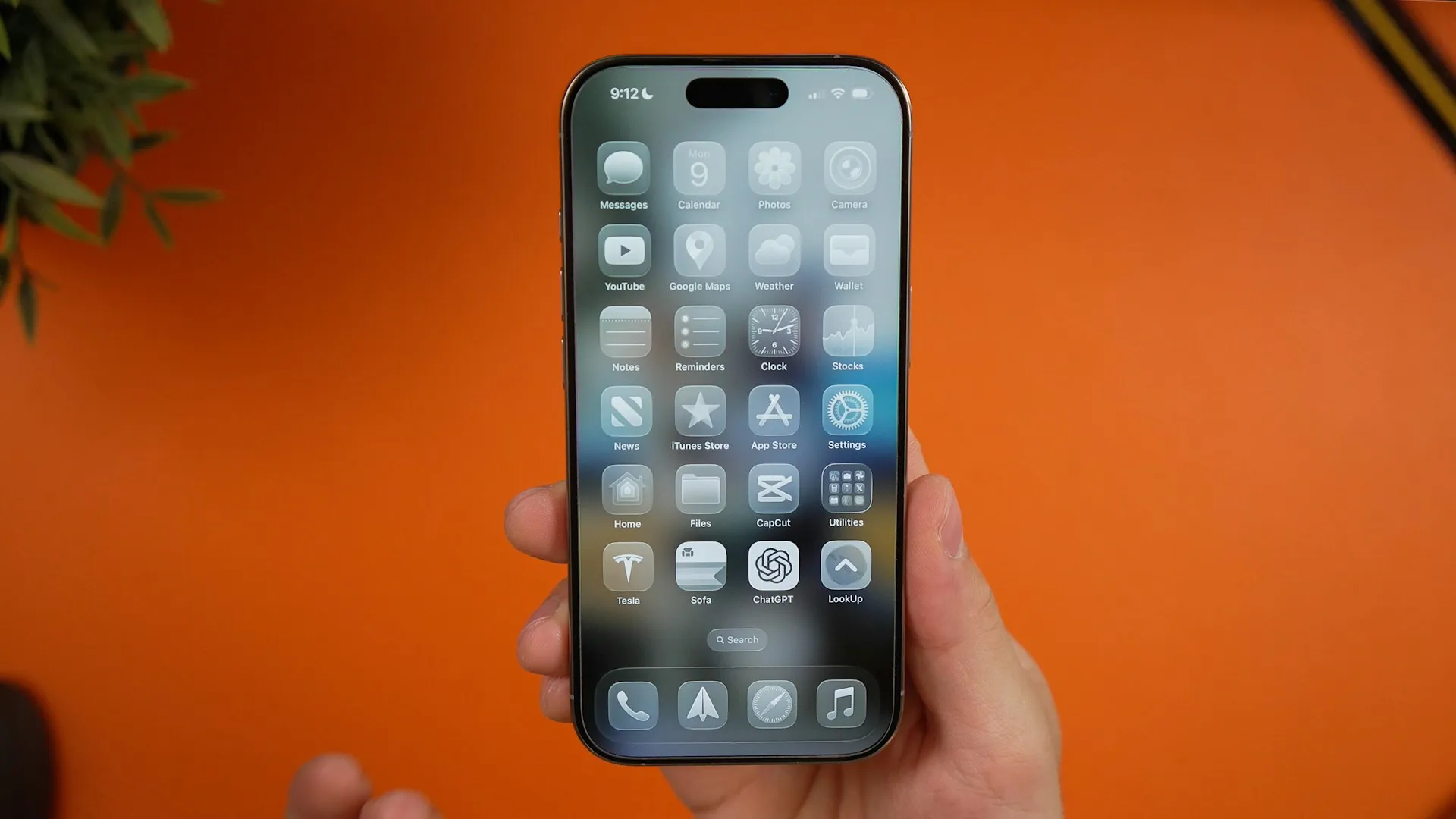



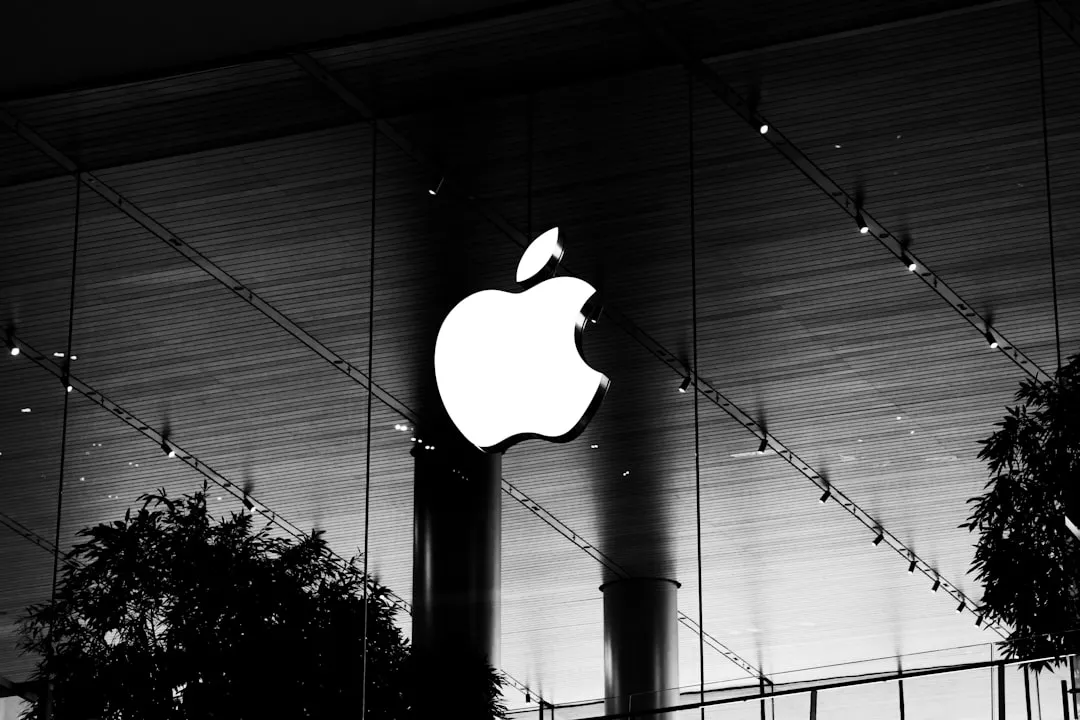
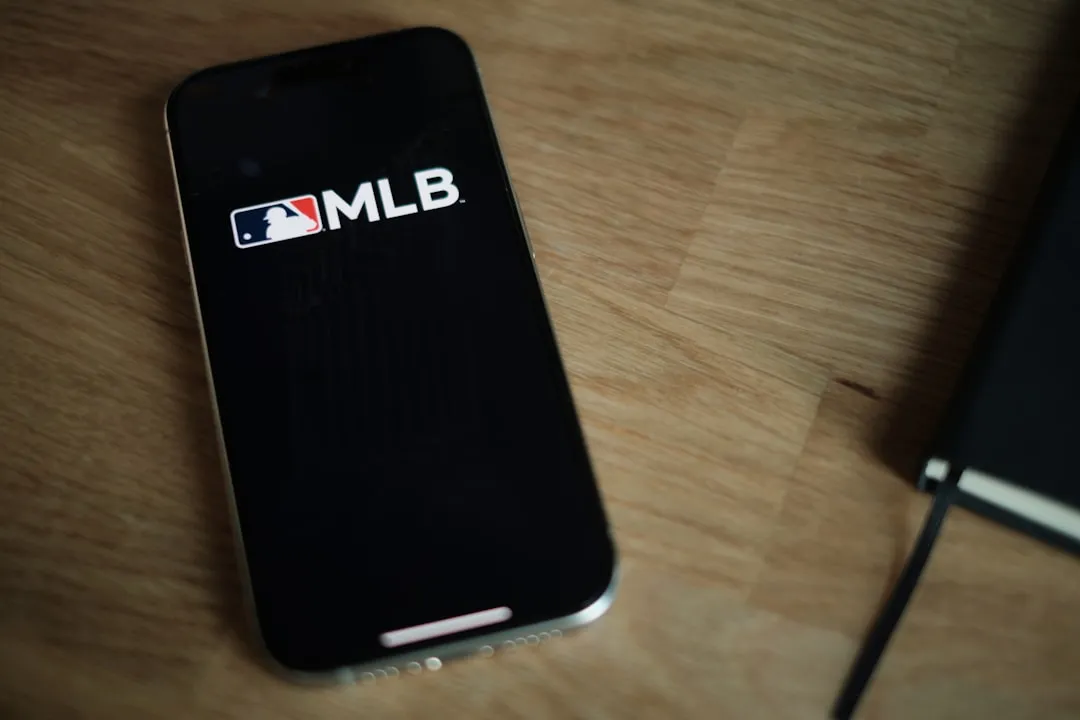
Comments
Be the first, drop a comment!